The Industrial Revolution was such a fascinating time of transformation, but there’s so much about it that’s often misunderstood. I used to think of it as this nonstop wave of progress and innovation that just improved everything, but the truth is way more complex.
Historians have spent years untangling these misconceptions, and the real story is more nuanced than we often hear. It’s not just about factories and steam engines—it’s about how this period affected people’s lives in ways that we don’t always think about. So, I want to walk you through 15 myths about the Industrial Revolution and what experts have uncovered.
The Industrial Revolution Happened Overnight
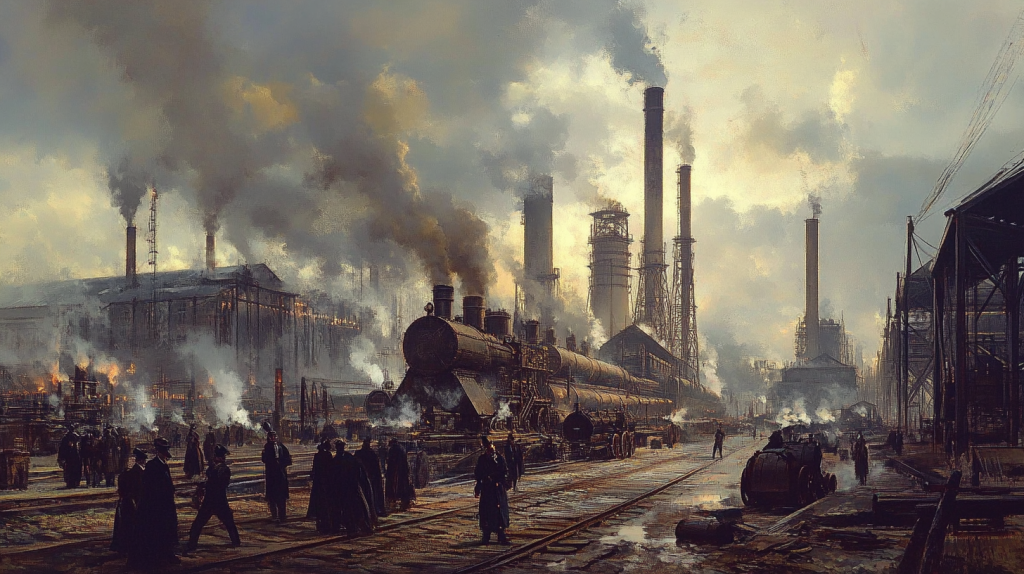
Many people believe that the Industrial Revolution was a rapid, sudden change. In reality, it unfolded over decades, starting in the late 18th century and continuing well into the 19th century. It was a gradual process, with advancements in different industries happening at varying speeds.
The Industrial Revolution Was a British-Only Phenomenon

While Britain is often seen as the birthplace of the Industrial Revolution, it wasn’t confined to one country. Industrialization spread across Europe, the United States, and eventually to Japan. By the mid-19th century, many countries were experiencing their own industrial transformations.
It Was All About Factories
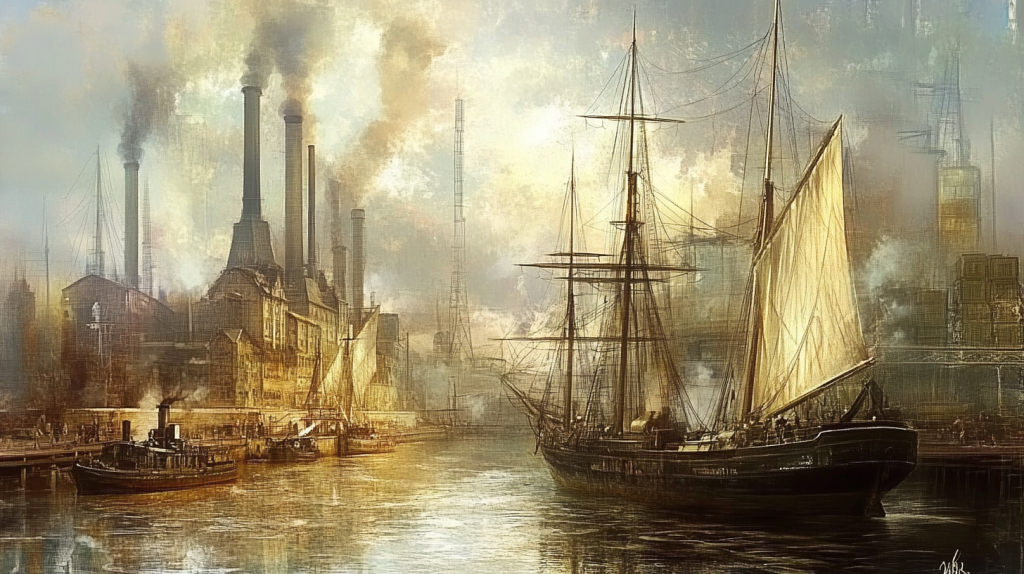
The Industrial Revolution is often associated solely with factories, but it also revolutionized agriculture, transportation, and trade. Developments like the steam engine and improvements in shipping transformed how goods and people moved, while agricultural innovations led to increased food production.
It Improved Life for Everyone
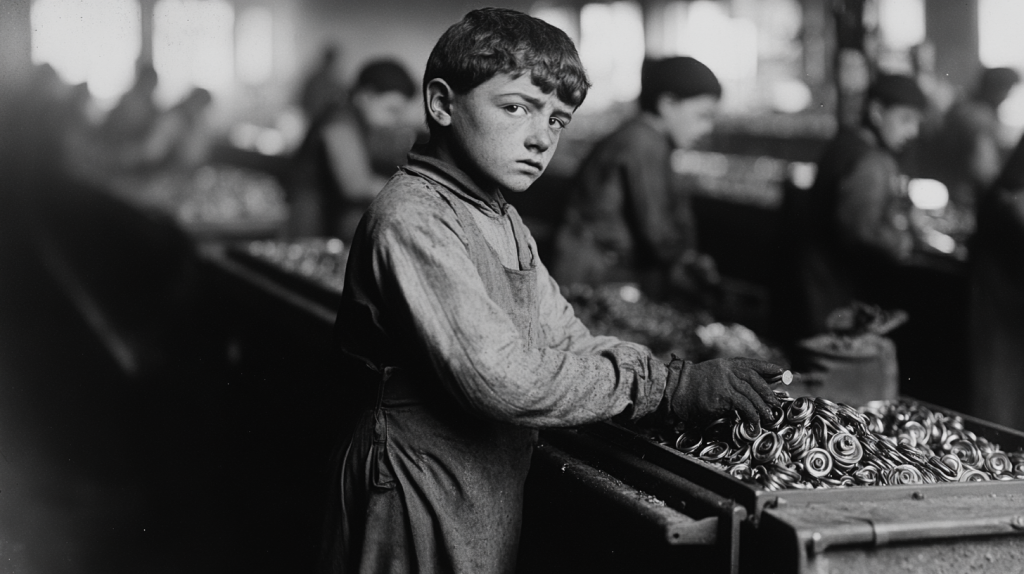
Though the Industrial Revolution brought progress and innovation, not everyone benefited equally. Many workers, including children, endured harsh conditions in factories and mines. Poor housing, long hours, and low wages meant that the benefits of industrialization were not evenly distributed.
Child Labor Was Uncommon

Child labor was, unfortunately, widespread during the Industrial Revolution. Children as young as five worked in factories, mines, and farms. It wasn’t until the mid-19th century that reforms began to address the exploitation of child labor, thanks to pressure from reformers and growing public awareness.
The Industrial Revolution Was Driven by Invention Alone

Inventions like the spinning jenny and steam engine were crucial, but the Industrial Revolution was also driven by social, political, and economic factors. Changes in land ownership, colonial wealth, and new financial systems helped create the conditions that allowed industries to grow.
Luddite Workers Opposed Technology Out of Ignorance
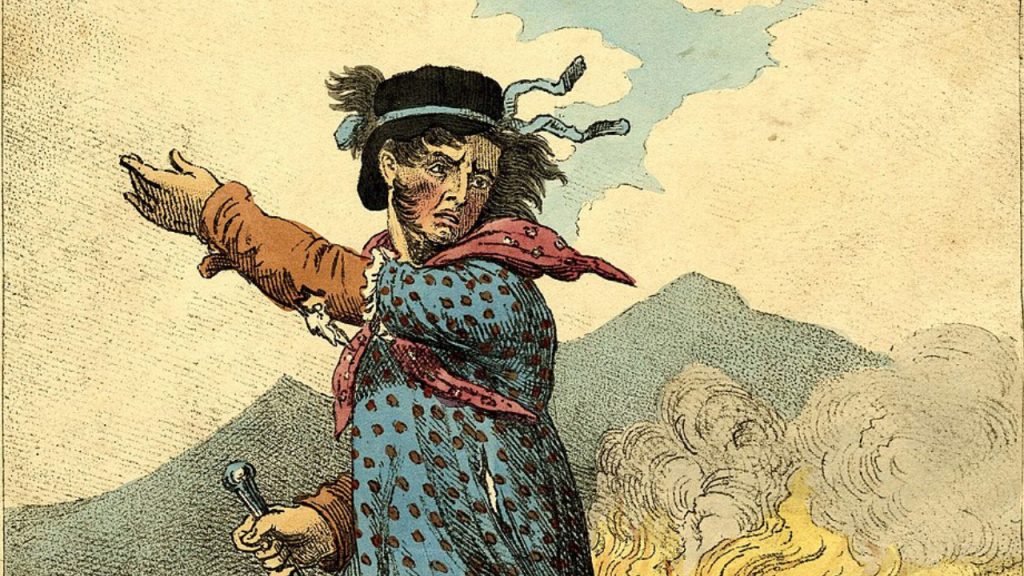
The Luddites, often portrayed as anti-technology, were actually skilled workers who opposed machines because they threatened their jobs and livelihoods. Their protests were against the negative social impacts of industrialization, not ignorance of technology.
Women Had No Role in the Industrial Revolution

While much of the historical focus is on male inventors and industrialists, women played significant roles during the Industrial Revolution. They worked in factories, ran small businesses, and contributed to the growing workforce, although their contributions were often overlooked in historical accounts.
Workers Were Passive Victims

Workers are often depicted as powerless victims of industrialization, but they frequently organized strikes, protests, and formed unions to demand better conditions. Labor movements grew as industrialization progressed, eventually leading to reforms that improved working conditions.
Factory Owners Were Always Ruthless Capitalists

While many factory owners exploited their workers, some, like Robert Owen, pioneered social reforms. Owen advocated for better working conditions, education, and housing for his workers, showing that not all industrialists were focused solely on profit at the expense of workers’ welfare.
All Workers Were Factory Laborers

The Industrial Revolution didn’t eliminate all forms of pre-industrial labor. Many people continued to work as craftsmen, farmers, or in small family-run businesses. The shift to factory work was significant, but older forms of employment remained common, especially in rural areas.
The Industrial Revolution Ended in the 19th Century

Many assume the Industrial Revolution was a finite period that ended in the 19th century. In truth, its effects and processes continued well into the 20th century, particularly with the advent of electricity, the internal combustion engine, and further innovations in manufacturing.
Pollution Was Not a Major Issue
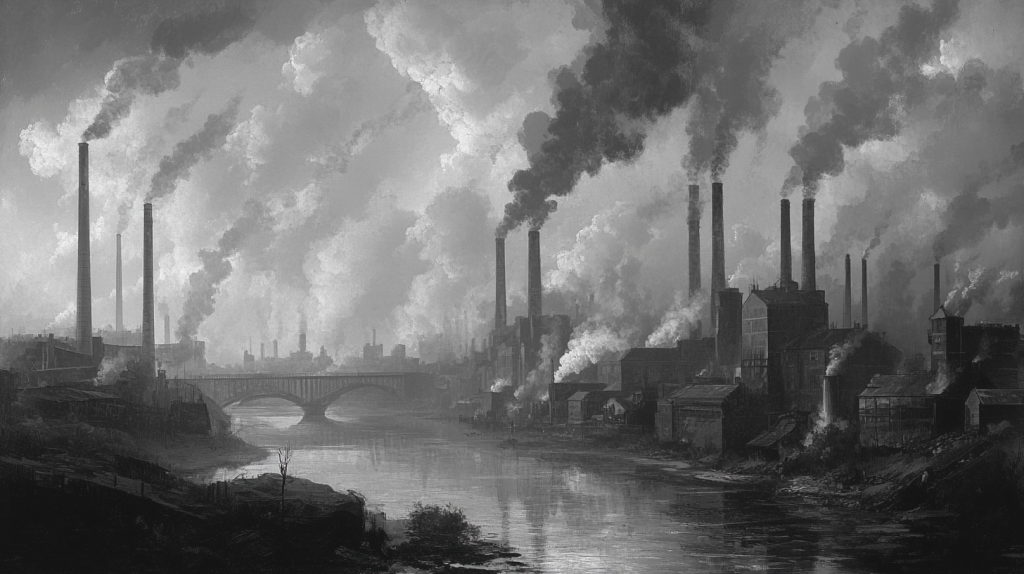
The Industrial Revolution significantly increased pollution, especially in growing industrial cities. Coal-powered factories spewed thick smoke into the air, and rivers were often polluted by industrial waste. The environmental impact was significant and long-lasting, a problem that would eventually lead to modern environmental movements.
The Industrial Revolution Was Entirely Positive

While the Industrial Revolution led to remarkable technological advancements and increased production, it also brought negative consequences like poor working conditions, environmental degradation, and stark inequalities. It’s important to recognize both the benefits and the drawbacks of this transformative period.
The Industrial Revolution Happened in Isolation

Industrialization did not happen in a vacuum. It was influenced by global trade, colonialism, and the movement of people and ideas. The wealth generated by colonial exploitation and access to resources from across the globe played a significant role in the development of industries in Europe and beyond.
18 Everyday Things Amish Women Aren’t Allowed to Do

The Amish culture is known for its simple way of life and adherence to traditional values. While this lifestyle may seem appealing to some, there are certain restrictions that Amish women face that most modern women do not. Take a look at these things that we take for granted that are off-limits to Amish women.
Read More: 18 Everyday Things Amish Women Aren’t Allowed to Do
Ellen has been obsessed with logic puzzles, jigsaws, and cryptograms since she was a kid. After learning she was taught how to play chess wrong by a family friend (so they could win), she joined her school chess club and the rest is history.


